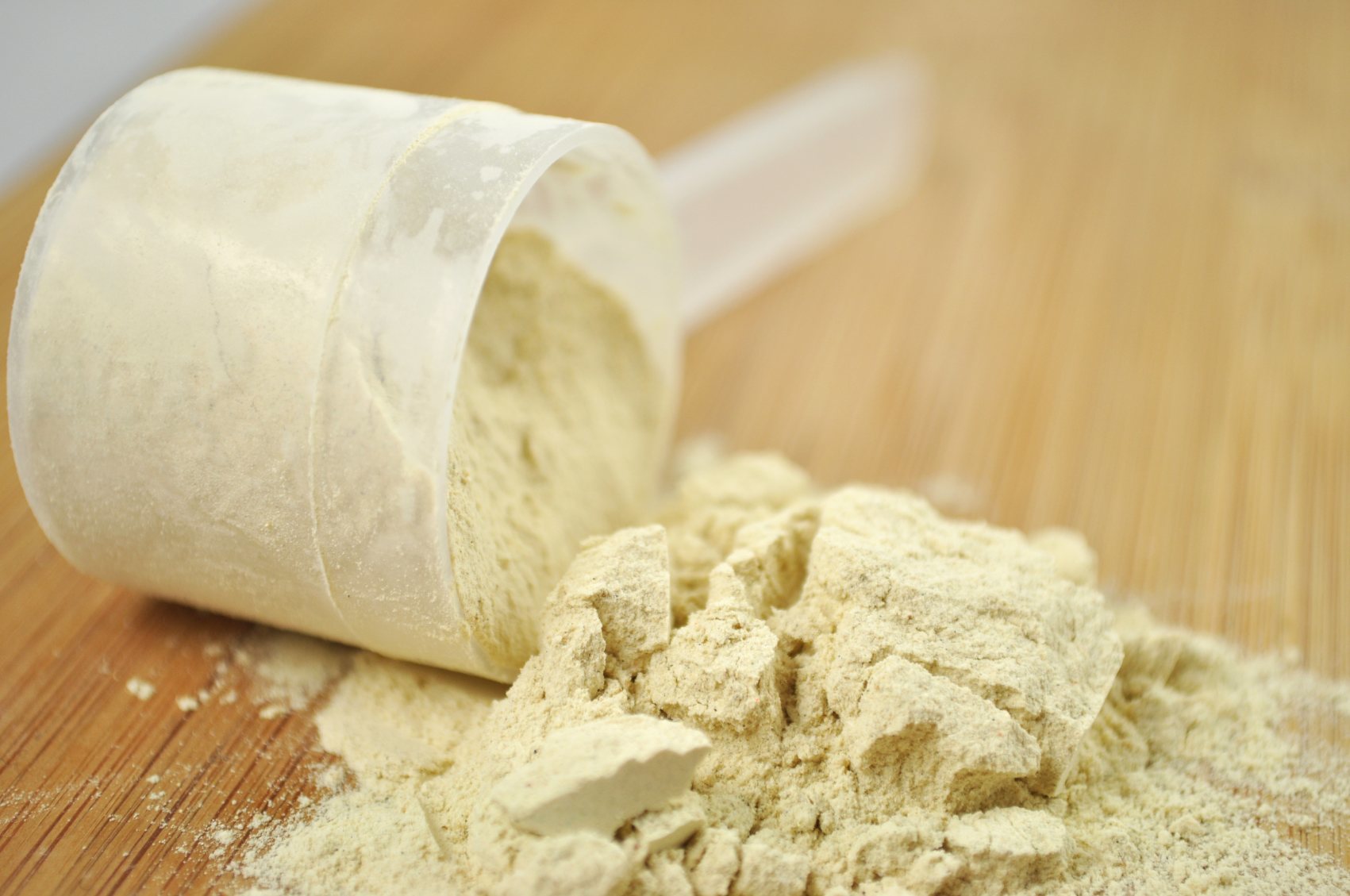Cinnamon is an aromatic spice that is made from the peeled and dried bark of cinnamon trees. It has been used not only as a spice, but also as a medicine and as a trade commodity for hundreds of years.
Benefits of Cinnamon Oil
Anti-inflammatory
Cinnamon oil is well-known for its anti-inflammatory properties that can help relieve stiff muscles and joints. It is also recommended for people suffering from arthritis and can even alleviate headaches caused by colds.
Treatment for Type II Diabetes
Cinnamon has been found to decrease blood glucose concentration and enhance insulin sensitivity.
Chemopreventive drug
Cinnamon has become one of the most common herbal medicines used for inhibiting tumor growth, particularly in cervical cancer. The reports have shown that cinnamon can cause apoptosis, or cell death, of cervical cancer cells.
Improves Blood Circulation
Cinnamon contains blood thinning properties, which makes the blood circulate in the body effectively. Good blood circulation helps transport the oxygen through all parts of the body. This will result in the proper functioning of all the body systems. It will also prevent heart attacks and stroke.
Antibacterial Properties
Cinnamon oil also has antibacterial properties, as well as anti-fungal, antiviral and antiseptic properties. It is effective in treating infections outside the body and can penetrate deeper into the body as well. Cinnamon oil has also been found to destroy staph infections and germs in the gall bladder.
Different Healthy Ways to Include Cinnamon with Food
- Add cinnamon to cereal and rice pudding.
- Ground cinnamon is a great spice for fruit pies such as pear, peach, apple, prune, and apricot.
- Ground cinnamon can be added to beef or lamb marinades.
- Cinnamon tea with honey has added health benefits.
- Boiled milk with a cinnamon stick improves sleep.
- Make a healthier cinnamon toast without sugar – substitute honey.
Different Types of Cinnamon
Saigon Cinnamon
Saigon cinnamon or Vietnamese cinnamon has superior flavor and odor. It is used mainly in ground form. It is often found in baked goods and processed foods.
Ceylon Cinnamon
It has a subtle and mild scent and is slightly sweeter. It is often seen rolled as a cigar and is soft and crumbly to the touch. It also appears lighter in color. Ceylon cinnamon has low coumarin levels, which are linked to liver failure. So, for those who want to take cinnamon as a daily supplement, Ceylon is the perfect choice.
Cassia Cinnamon
Cassia cinnamon, also known as Chinese cinnamon, is hard, hollow and has only one layer.
Korintje Cinnamon
An intense and spicy cinnamon it is smoother than the others, which is why it is a common choice for bakeries. It is also cheaper, but has a great flavor.
Conclusion
The flavor of cinnamon oil has always been unique. Its aroma is one of the most fragrant and addictive. A daily dose of this spice has many health benefits that will help improve your immune system. So why don’t you try some now?




